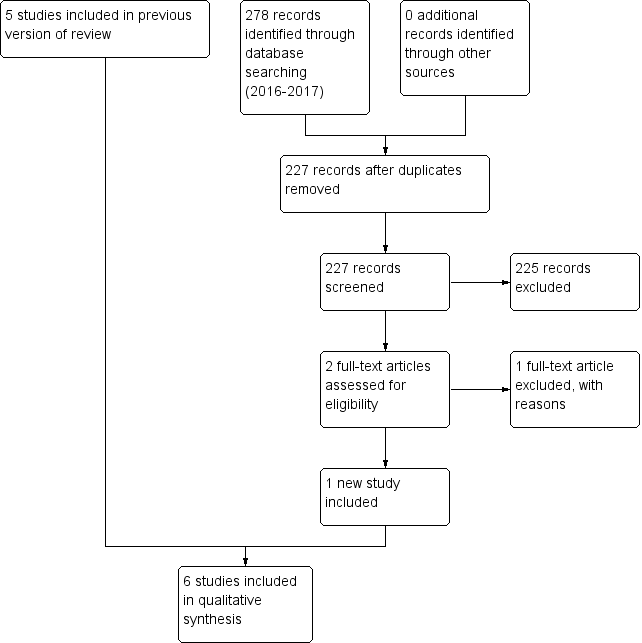Contenido relacionado
Revisiones y protocolos relacionados
Zhen Wang, Junqiang Chen, Ka Su, Zhiyong Dong | 11 mayo 2015
Kurinchi Selvan Gurusamy, Rahul Koti, Giuseppe Fusai, Brian R Davidson | 30 abril 2013
Yao Cheng, Marta Briarava, Mingliang Lai, Xiaomei Wang, Bing Tu, Nansheng Cheng, Jianping Gong, Yuhong Yuan, Pierluigi Pilati, Simone Mocellin | 12 septiembre 2017
Sirong He, Jie Xia, Wei Zhang, Mingliang Lai, Nansheng Cheng, Zuojin Liu, Yao Cheng | 18 diciembre 2021
Kurinchi Selvan Gurusamy, Senthil Kumar, Brian R Davidson | 28 febrero 2013
Zhiyong Dong, Jing Xu, Zhen Wang, Maxim S Petrov | 6 mayo 2016
Emma Upchurch, Mark Ragusa, Roberto Cirocchi | 30 mayo 2018
Yong Yuan, Xiaoxi Zeng, Yang Hu, Tianpeng Xie, Yongfan Zhao | 2 octubre 2014
Hua Hai, Zhuyin Li, Ziwei Zhang, Yao Cheng, Zuojin Liu, Jianping Gong, Yilei Deng | 15 marzo 2022
Felix J Hüttner, Christina Fitzmaurice, Guido Schwarzer, Christoph M Seiler, Gerd Antes, Markus W Büchler, Markus K Diener | 16 febrero 2016
























